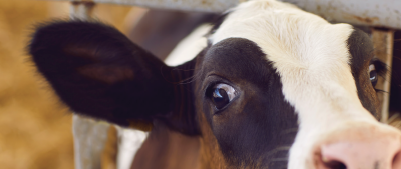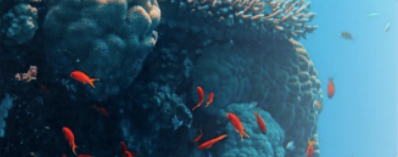Abortion Investigation in Cattle – a Practical Approach – Part 3
INTRODUCTION A full post mortem should be carried out on the foetus and placental tissues. If possible, submit the entire foetus and foetal membranes to a diagnostic laboratory to conduct the post mortem according to a standardized protocol. If not possible and the post mortem must be conducted on site, then follow the guidelines from laboratories. Protocols can be easily obtained from the internet or websites, or by phoning the laboratory directly. A copy of the submission form for abortion investigations at Vetdiagnostix is also be listed as an appendix to this presentation. It is also available for download from [...]
Mastering Stock Management in Veterinary Practice: Expert Strategies for Unleashing Success
Marlene Du Toit Head of Customer Success and International Support at Digitail Stock management is the unsung hero of a thriving veterinary practice. Mastery of your inventory is the secret sauce that keeps your clinic running like a well-oiled machine. With efficient stock management, you’ll have the precise supplies, medications, and equipment at your fingertips to deliver top-notch care to your furry patients. Neglecting this crucial aspect can spell financial woes, disrupt patient care, and erode customer satisfaction. In this article, we’re diving headfirst into the world of stock management tailored for veterinarians. Get ready to unlock key strategies [...]
Harmful Algal Blooms (HAB’s) in Marine Mammals – Part 2.
Harmful Algal Blooms (HAB’s) in Marine Mammals – Part 2. Dr Rick Last – Specialist Veterinary Pathologist. Harmful Algal Blooms (HAB’s) in Marine Mammals – Part 2. Saxitoxins, Brevetoxins, Cyanobacteria toxins and Okadaic Acid. HAB diagnostic sampling. Dr Rick Last – Specialist Veterinary Pathologist. As a recap on Part 1. Biotoxins that pose the greatest real or potential threat to marine mammal health include: Domoic acid (produced by diatoms of Pseudo-nitzschia ) Saxitoxins (produced mainly by dinoflagellates Gymnodinium catenatum, Pyrodinium bahamense, and Alexandrium tamarense) Brevetoxins (produced by the dinoflagellate Karenia brevis) Cyanobacteria algal toxins. Okadaic acid (produced [...]









